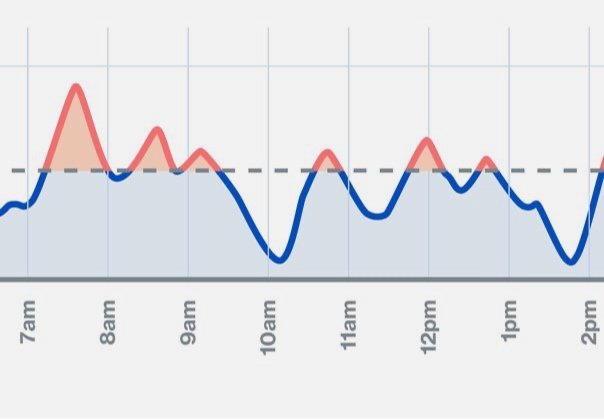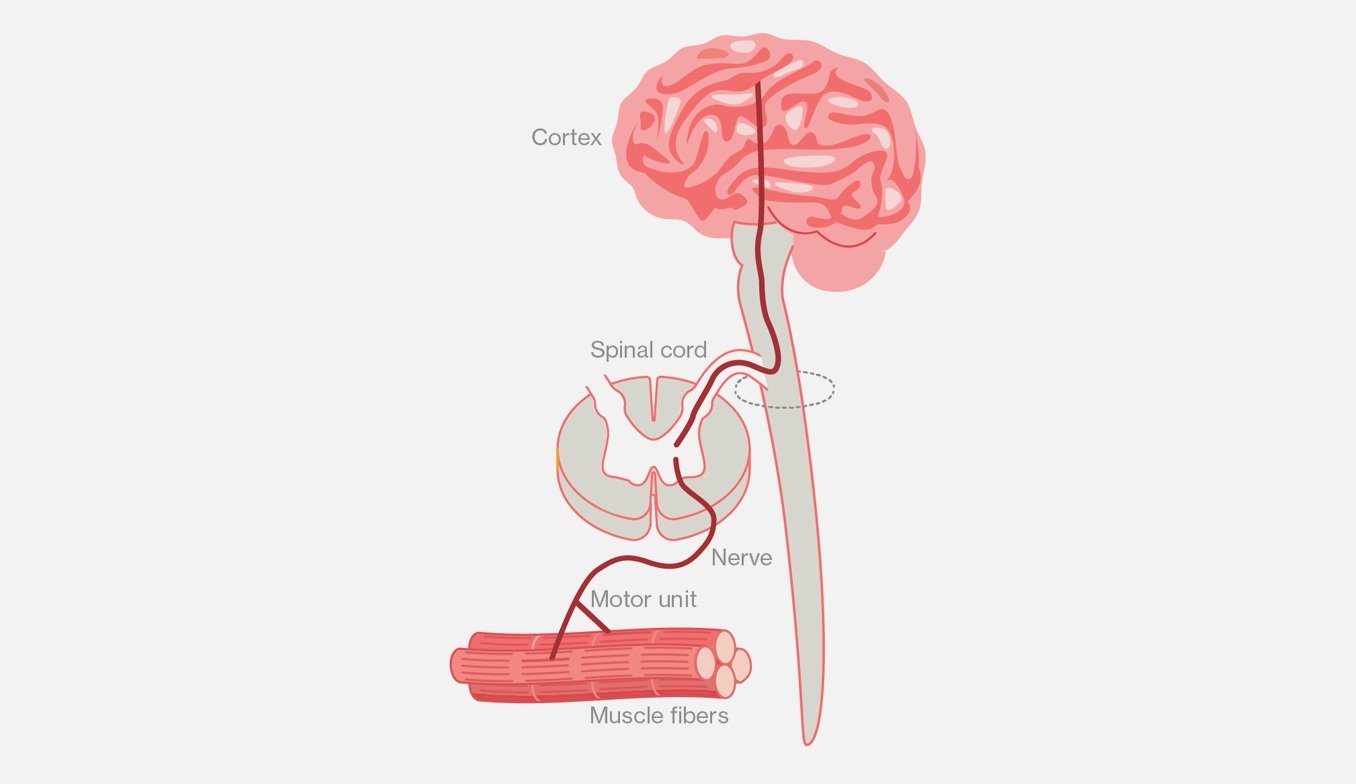
News and events
Therapy path classification in Parkinson’s disease: A clinical investigation using EMG and motion-based monitoring
With the global prevalence of Parkinson’s disease rising rapidly, there is a growing urgency to improve how symptoms are monitored and treatment decisions are made. This white paper presents a pioneering clinical investigation into the use of electromyography and motion-based technology for therapy path classification in Parkinson’s care.
Benefits of objectively measuring Parkinson’s disease motor symptoms
The gold standard for evaluating Parkinson’s disease symptoms has primarily relied on subjective assessments during in-clinic visits using rating scales like the Unified Parkinson’s Disease Rating Scale (UPDRS). This approach, however, has specific limitations, leading to often incomplete disease progression evaluation. Over the last decades, various methods have been developed to assess the patients' motor symptoms more accurately.
The role of EMG and kinematic measurements for objective symptom evaluation
Parkinson’s disease is a neurodegenerative disease without any curative treatment or neuroprotective or disease-halting drugs. It is characterized by motor symptoms that are still quantified mostly by subjective methods. Studies have shown that combining surface electromyography (EMG) and kinematic measurements can lead to objective quantification of a patient’s neuromuscular and motor function.
Newsletter
Be the first to know about our new technology, events & other updates.



